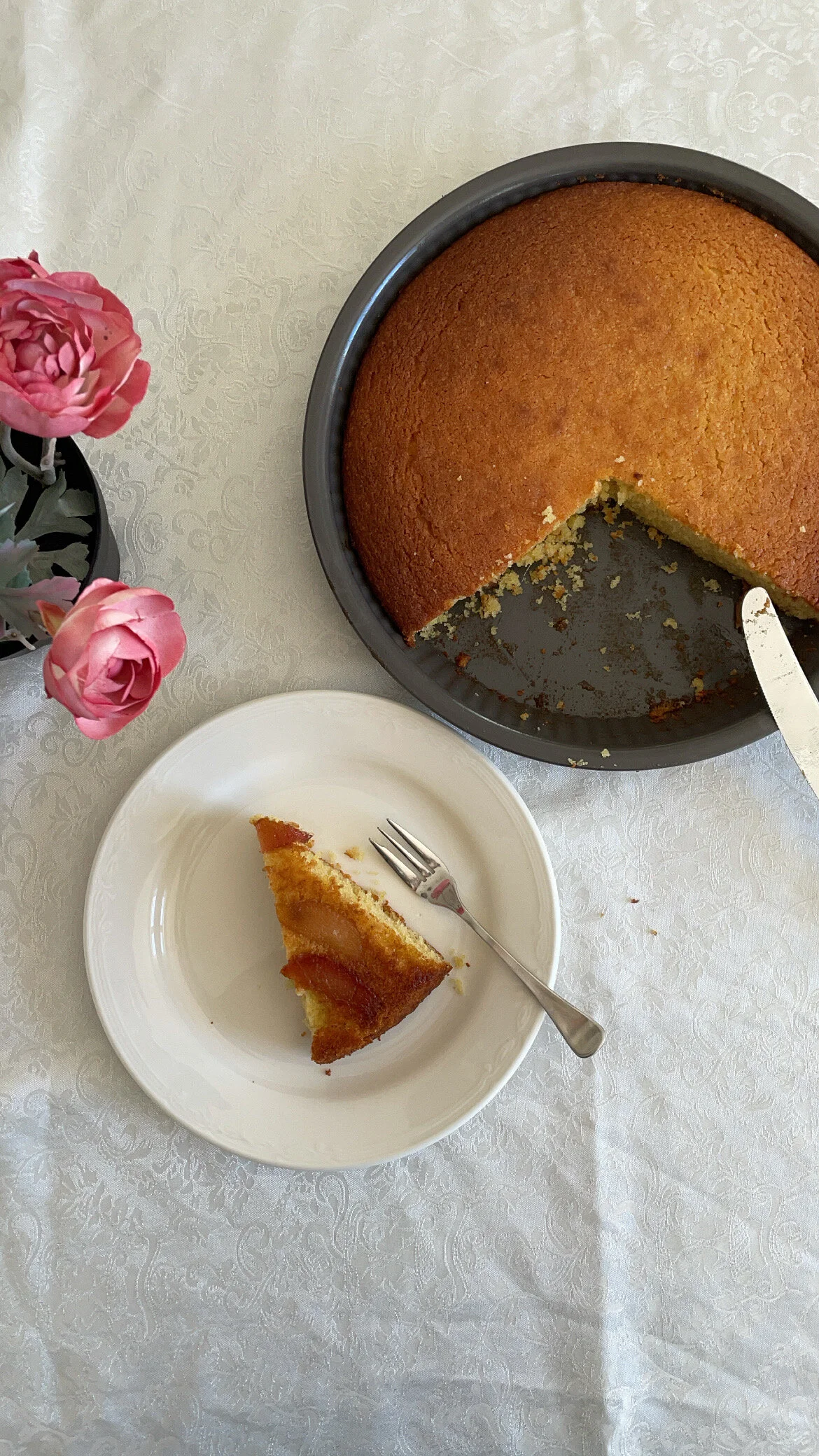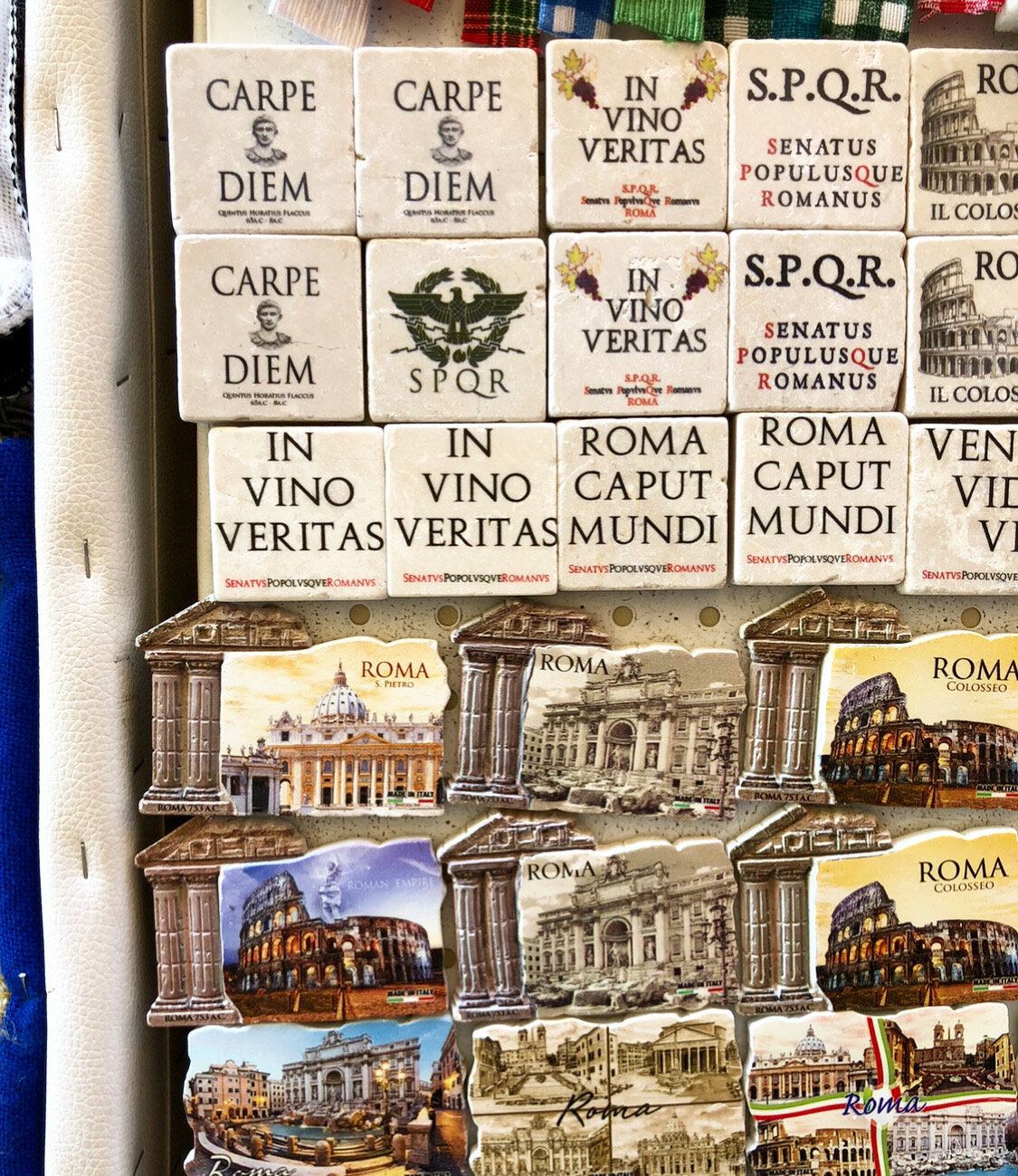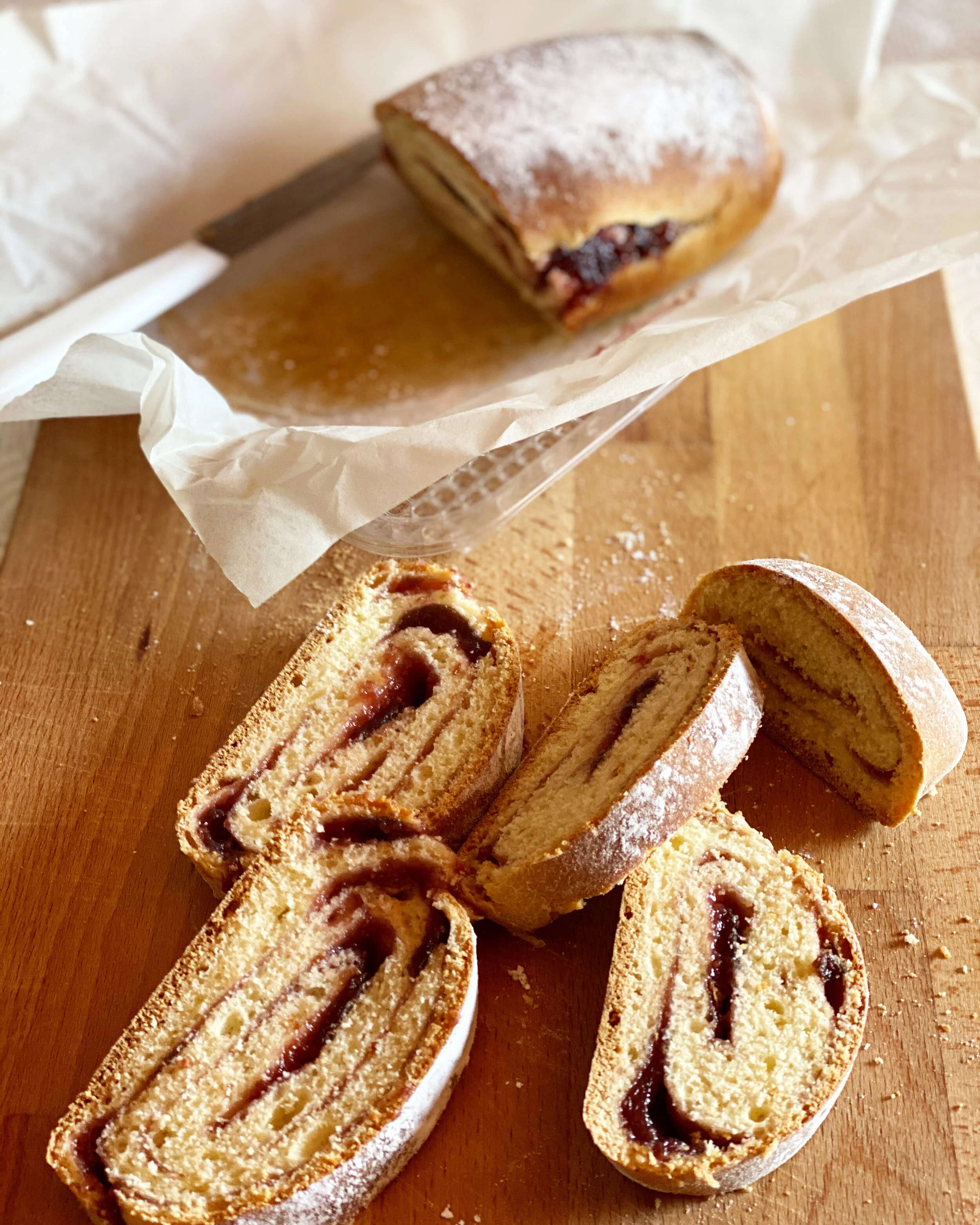The Unique Language Landscape of Italy
Termoli, Molise, Italy (Pic credit The Little Italian School)
Author: Anna Wolf
In Italy, people speak Italian – obviously, this is nothing new to you. And as an Italian enthusiast, you have probably also been told that there are an infinite number of regional and local dialects spoken all over the peninsula. But did you know that there are 12 (!) distinct languages other than Italian that are historically spoken in different corners of Italy?
There is for example Ladin, Franco-Provençal, or Catalan. In fact, as you can see on the map, Italy’s linguistic diversity resembles a disorganised patchwork of different language groups, spread all over the peninsula. It is estimated that in total about 3 million Italian citizens speak a so-called historic minority language.
As a lover of Italian language, you might want to practice your newly acquired Italian skills and travel to some Italian destinations. But if you go to Aosta, Sardegna or the Dolomites, you will be surprised to hear locals greeting you with: “Bonjour!” (French), “Ajò!” (Sardinian) or “Bun dé!” (Ladin) instead of the classical “buongiorno” that you would expect.
Italy’s linguistic minorities differ considerably from each other, in the numbers and in the way they are taught at school. For instance, while the German-speaking minority in the North, located in South Tyrol/Alto Adige, continues to have a stable number of speakers (approximately 360.000) and enjoys an elaborate protection system with German language schools, some smaller language groups such as the Croatian minority in Molise lack support and numbers are continuously decreasing.
But why do those communities within Italy speak these different languages, you are wondering? Well, historians will tell you that Italian has not always been the majority language of Italy. Back in time when Italy unified as a state (1861), all those culturally diverse regions were integrated into the new nation state. During the first decades after the unification, through the new school system, the population was educated in Italian – which then was a foreign language to many of them. A famous saying of those times was, “Fatta l’Italia, bisogna fare gli italiani!” (Having made Italy, we now have to make the Italians!).
The historic reasons why those different language communities were living on the peninsula are various: In the south, the Arbëreshë, were descendants of Albanian populations that had migrated there in several waves, starting in the 15th century. Even earlier, Greek populations had settled in Calabria and Puglia, where they continued to speak the “Griko” language. In the north, new linguistic groups became part of Italy as a result of the unification wars and of WW1: the French and Franco-Provencal speaking minority in Aosta, as well as the German speaking minority in South Tyrol and the Slovenian speaking minority in the region around Trieste. After WW2, Italy recognised the linguistic minorities present on its territory in its 1948 Constitution and committed itself to protect them.
So, the next time you meet an Italian person, you might ask them, if they by chance also speak a minority language. Maybe you will be surprised. Anyways, now you know how rich Italy’s linguistic diversity is - and that people in Italy do speak Italian… but not only! (~520 words)








































